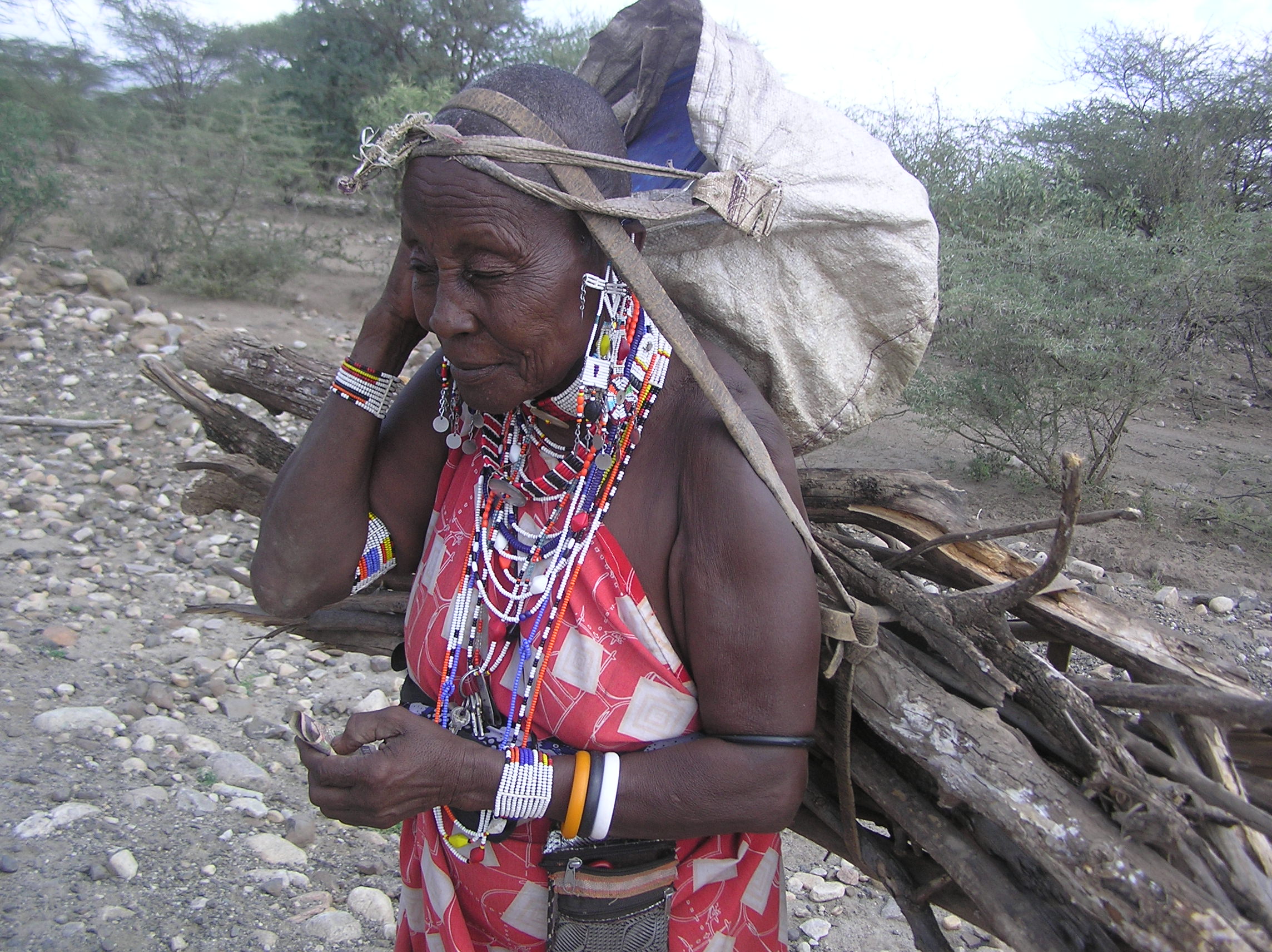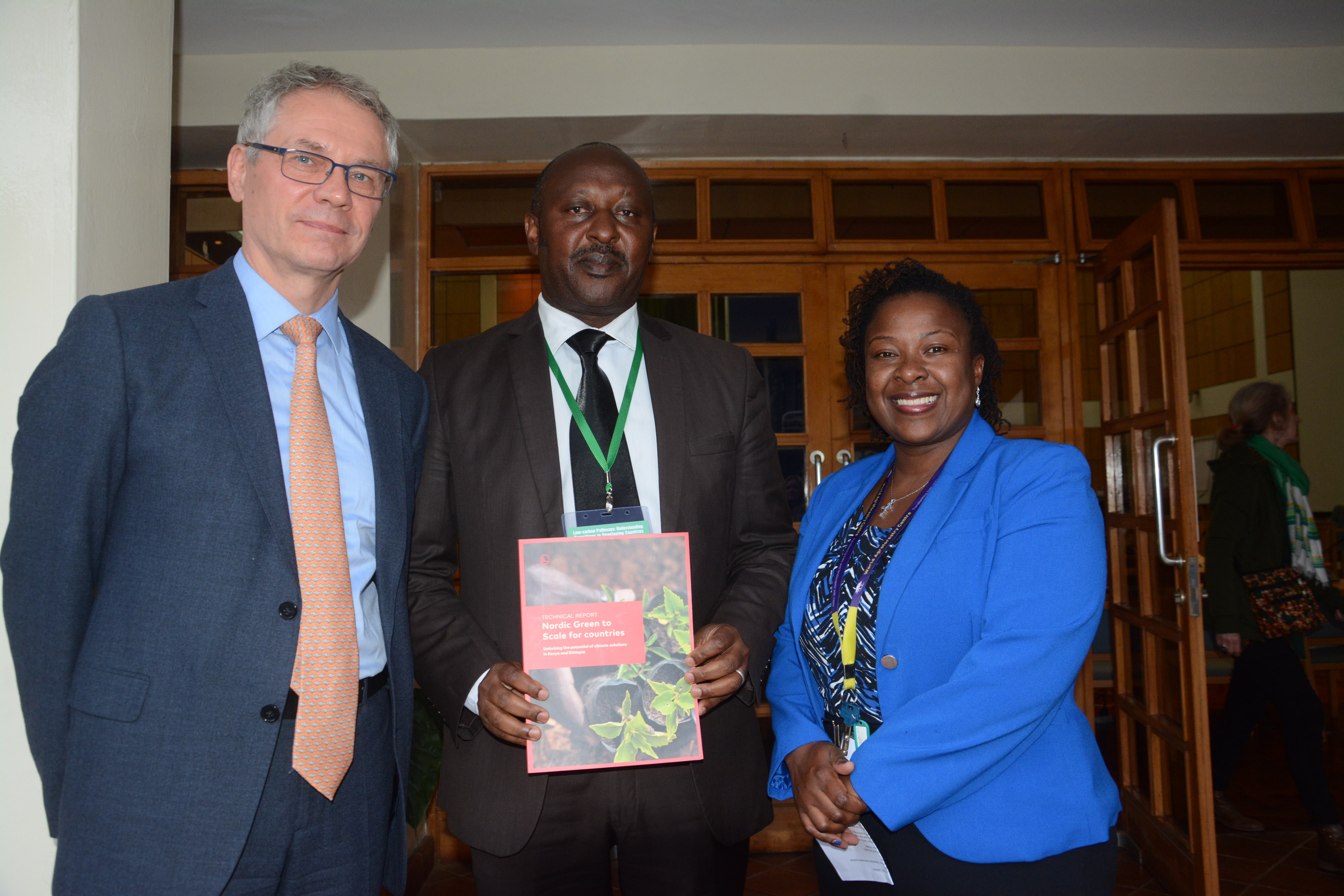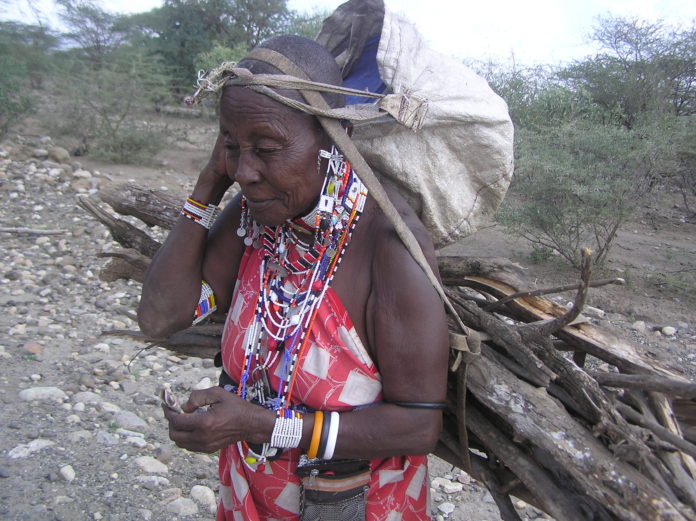By Mary Mwendwa
Caleb Mukuna, is a small scale farmer and a father of eight at Emutete village in Vihiga County, Western Kenya.For a long time his wife, priscillah Mukuna has been cooking using firewood .
Mukunas family have no other source of cooking fuel apart from firewood. Priscillah confirms that cooking using firewood and the traditional three stones is not sustainable. “Firewood is just expensive, I buy three small pieces of firewood at 20 Ksh and that is never enough.I need several of those pieces to be able to cook a meal like ugali, which is our staple food.” She says.
Mukuna says he has heard about carbon emissions that come from firewood and other energy sources but he says he has no option.
“I heard about carbon emissions in a seminar here in the village, we were advised to invest in clean energy solutions , but Iam not able to afford that because Iam a peasant farmer with many children to take care of.”
“Iam praying to God that one day I get money and invest in clean energy for my household cooking, it is expensive to use firewood, we have no forests anymore, human pressure has increased so much that most of the forests are gone.”Mukuna laments.
Mukuna is also using kerosene for his lighting in the house.”Kerosene is expensive and produces a lot of smoke that is not healthy for the family, my children usually need lighting at night for their homework.I cannot afford the initial cost of more than 20, 000 Ksh to install electricity in my house.”
Studies have shown that more than 80 percent of Kenya’s population depend on charcoal as a source of fuel.
Mukuna is not alone in many of Kenya’s rural settings where clean energy is still a challenge for them to afford.
However, despite cases like Mukuna’s , Kenya has made significant strides towards realizing the vision 2030 and the big 4 agenda in low carbon pathways amid growing attention to transform the energy sector.
The sector, still faces challenges , some that can be solved immediately while others need some time.

To understand similar issues like Mukuna’s in the energy sector, researchers from Stockholm Environment Institute (SEI), together with other researchers through a European union’s Horizon 2020 research and innovation programme through TRANSrisk (Transition Pathways and Risk Analysis for Climate Change Mitigation and Adaptation Strategies ) project , conducted a study whose findings were presented during a TRANSrisk conference.The study outlined positive outcomes that would see Kenya improve on its energy sector.
The study titled Nordic Green to Scale for countries – Unlocking the potential of climate solutions in Kenya and Ethiopia was recently launched in Nairobi by the Finnish Ambassador to Kenya Mr Erik Lundberg. It showed that scaling up proven Nordic climate solutions in Kenya would reduce greenhouse gas emissions significantly, helping the country meet its Paris Agreement commitments.
According to SEI Africa Director , Dr. Evelyn Namubiru-Mwaura, “We have a project on clean cook stoves using pellets (from macadamia husks and sawdust ) for households in Kiambu County. This is expected to bring down the demand for fuelwood, savings for households in terms of money, time and health benefits from reduced exposure to indoor air pollutants as particulate matter. ”

Namubiru -Mwaura notes that the biggest challenge in implementing some of the low carbon energy projects has been resistance by the local communities to switch from traditional to alternative energy sources due to limited knowledge on the expected benefits. “This kind of attitude can be changed by raising awareness and involving them especially when designing cooking stoves that caters for their needs.”
“Also ,limited funds hinders uptake of clean energy technologies for instance more efficient kilns that enable more wood to be converted to charcoal or purchase of clean cooking stoves. Community groups can contribute to buy kilns through merry go rounds, seek credit from banks or saccos. Removing taxes and duties would bring down the cost of production and purchasing price for enterprises and consumers respectively.”
She further gives an example of a separate study that explored household energy consumption pattern and explored avenues for citizen participation in energy planning in Migori County. Charcoal, firewood, kerosene and dry cell batteries were the main sources of energy for households in Migori. ” Many people especially in the rural areas are still not connected to electricity due to high connectivity costs at the beginning. ”
Namubiru -Mwaura notes that there is more emphasis on geothermal power as a clean and reliable source of energy to meet Kenya’s growing electricity demand yet it is considered a risky venture due to perceived financial , social and political issues around it.
The Nordic Green to Scale study analysed scaling up nine Nordic climate solutions ranging from wind power to energy efficiency in buildings and low-carbon agriculture. These solutions could reduce greenhouse gas emissions in Kenya altogether by 23.5 million tonnes in 2030. This covers 16% of the projected business as usual emissions in 2030. The reduction would be larger than the total emissions of Namibia today.
The study also analysed the costs, savings and co-benefits of applying these solutions. While some solutions come at a net cost, some would provide significant net savings, making investing in them economically profitable. In addition, the study looked at the circumstances for implementing the solutions specific to Kenya.
Tuuli Hietaniemi from the Finnish Innovation Fund Sitra points out that scaling up existing solutions would provide benefits to local communities.
According to Mbeo Ogeya, Research Fellow at SEI , There is growing attention to change the energy sector and therefore such a research project on energy is critical in helping many stakeholders like policy makers to embrace low – carbon solutions in tackling climate change.He further noted that sharing the findings will help understanding of costs and benefits as well as opportunities in the energy sector.
SEI has put up some interventions in helping communities , for example , they are working with other organizations to encourage local communities especially those from dry land regions to plant specific trees such as acacia in their farms suitable for charcoal production.
Eco-Charcoal Limited model is an intervention they have used and shows , it is possible harvest branches only for charcoal and briquette production as opposed to cutting down whole trees. This allows for regeneration of the trees and provision of fodder for livestock and wildlife.














